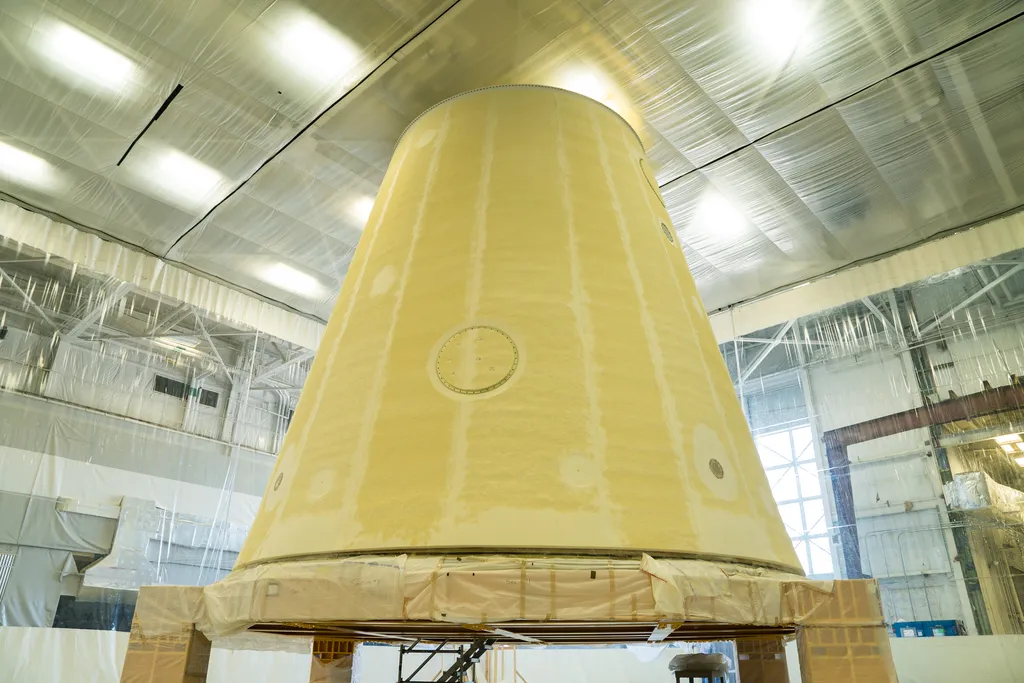In the quest to create more efficient and compact systems for space stations, researchers have turned to an unconventional material: copper foam. A recent study published in *Zhileng xuebao* (translated as *Acta Armamentarii*), led by Zhou Hantao, explores the heat and mass transfer performance of a copper foam condensation dehumidifier, offering promising insights for both space and terrestrial applications.
The research addresses a critical need in space stations: high-efficiency heat transfer and lightweight design. Traditional dehumidification systems often fall short in these areas, but the copper foam system, driven by a Stirling refrigerator, shows significant potential. The study’s findings could have far-reaching implications for the energy sector, particularly in improving the efficiency of HVAC (heating, ventilation, and air conditioning) systems and other industrial processes that require precise humidity control.
The experimental setup was rigorous, with parameters carefully controlled to mimic real-world conditions. Air inlet temperatures ranged from 20°C to 30°C, relative humidity varied between 50% and 80%, cold plate temperatures were set between 8°C and 13°C, and inlet wind speeds ranged from 0.4 m/s to 1.4 m/s. The results were compelling. As the air inlet temperature increased, both the heat and mass transfer coefficients improved. “When the air inlet temperature increased from 20°C to 30°C, the heat transfer coefficient increased by 10.5%, whereas the mass transfer coefficient exhibited a more substantial increase of 57.1%,” noted Zhou Hantao, the lead author of the study.
Relative humidity also played a crucial role. As the relative humidity increased, the heat transfer coefficient decreased by 31.6%, while the mass transfer coefficient increased by 11.4%. This trade-off highlights the delicate balance required to optimize system performance. The study also found that reducing the cold plate temperature improved heat transfer but led to condensate water accumulation, which reduced overall efficiency. “An appropriate cold plate temperature must be selected to balance these competing factors,” Zhou emphasized.
Inlet wind speed was another critical parameter. Increasing the wind speed enhanced heat and mass transfer efficiency, but it also raised system energy consumption. This finding underscores the importance of finding a balance between performance and energy efficiency.
The research didn’t stop at experimental data. Using regression analysis, the team refined the heat transfer model, achieving a standard deviation of 8.21% between theoretical and experimental values, with a maximum deviation of 19.76%. This high level of accuracy demonstrates the model’s strong predictive capabilities.
So, what does this mean for the future? The copper foam condensation dehumidifier could revolutionize how we approach humidity control in space stations and on Earth. For the energy sector, this technology could lead to more efficient HVAC systems, reducing energy consumption and operational costs. In industrial settings, it could improve processes that require precise humidity control, enhancing productivity and sustainability.
As we look to the future, the work of Zhou Hantao and his team offers a glimpse into the potential of copper foam technology. By pushing the boundaries of what’s possible, they are paving the way for innovations that could transform the energy sector and beyond. The study, published in *Zhileng xuebao*, serves as a testament to the power of interdisciplinary research and the endless possibilities it holds for our future.

